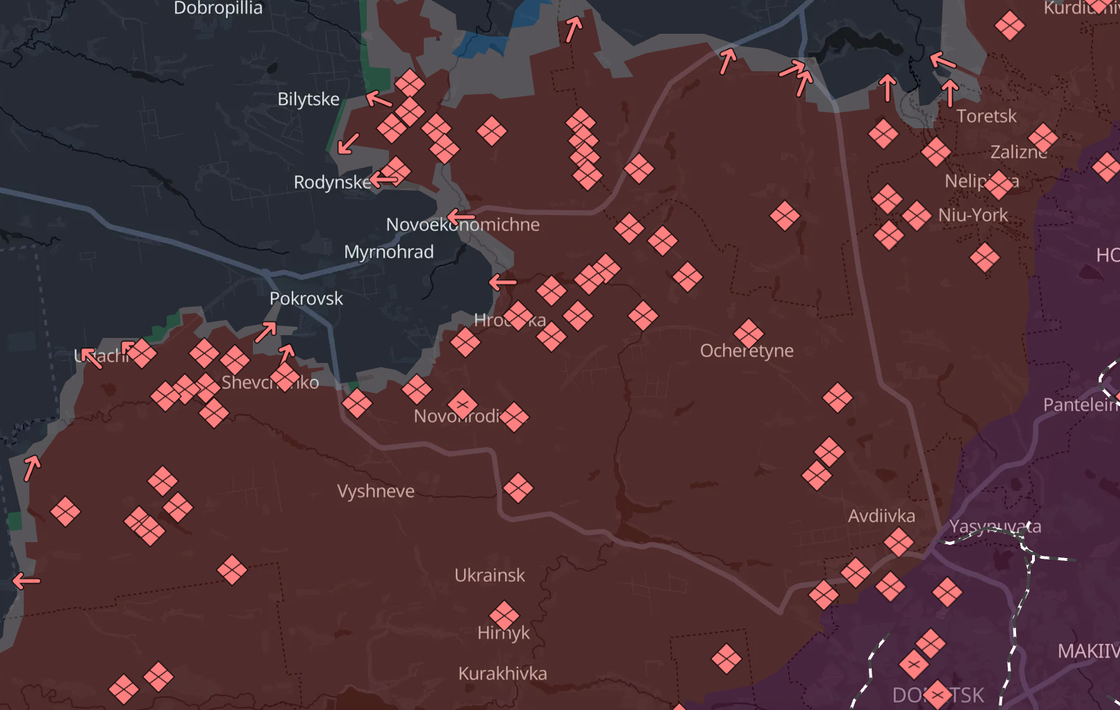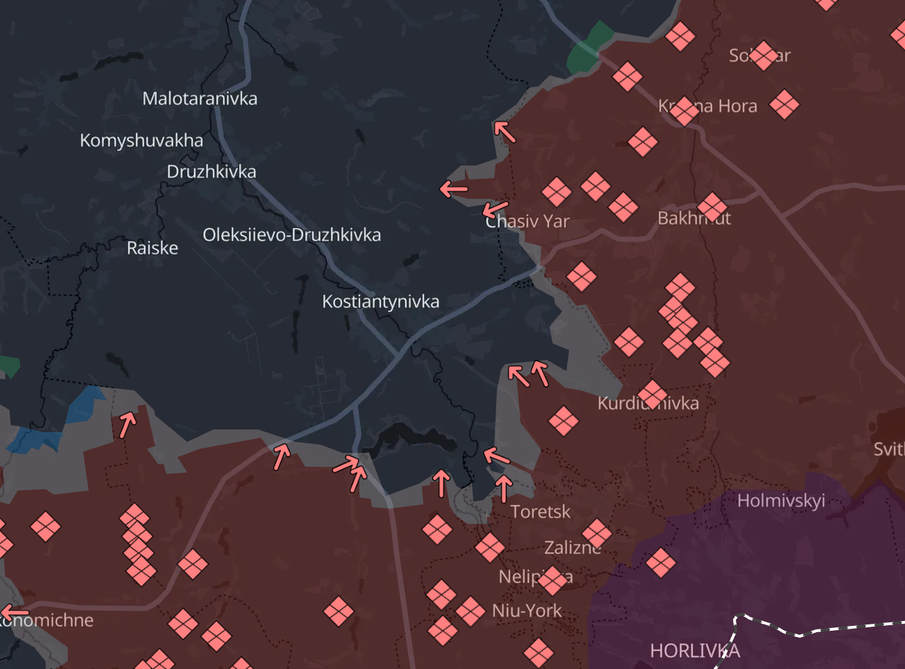Daily Flyer - September 25, 2025
A voice of Ukraine to the West

Ukrainian forces shot down a Russian Su-34 bomber over Zaporizhzhia Oblast
Ukrainian forces shot down a Russian Su-34 fighter jet over Zaporizhzhia Oblast early on Sept. 25, according to Ukraine’s Air Force. The aircraft was reportedly striking Zaporizhzhia with guided aerial bombs when it was downed around 4 a.m. local time.
The Su-34 is a Soviet-era fighter-bomber that Ukraine has previously claimed to destroy both in the air and during strikes on Russian airfields.
Russian aerial assaults on Ukraine have escalated throughout 2025 and are expected to intensify further this winter, targeting critical energy infrastructure.
Russia is using nuclear threats to influence US President Donald Trump to stop his efforts to secure peace in Ukraine
Russian Security Council Deputy Chair Dmitry Medvedev used his English-language X (formerly Twitter) account on September 23 to repeat Russian President Vladimir Putin’s recent statement that Russia is ready to continue observing the nuclear arms limits set out in the New Strategic Arms Reduction Treaty (New START) for one year after it expires on February 5, 2026. Medvedev said it is now up to the Trump administration to decide whether the U.S. will do the same. He argued, however, that U.S. compliance with the treaty “is not enough,” insisting that Washington “must abandon efforts to weaken Russia through sanctions and tariffs” or else “the risk of direct conflict remains high.”
Medvedev’s pointed nuclear warnings directly link U.S. economic measures against Russia—the main instrument the Trump administration is using to push Putin toward negotiations to end the war in Ukraine—to Russia’s willingness to uphold New START or consider any future arms control agreements. His remarks are part of the Kremlin’s broader effort to stall peace talks, use threats to secure favorable terms for Russia, and discourage the United States from backing Ukraine.
Russian advances in the East of Ukraine: latest update

As of late September 2025, Russian forces have sustained a deliberate but exhausting and costly push in eastern Ukraine, primarily targeting the Donetsk Oblast around Pokrovsk and the Kostyantynivka-Druzhkivka axis, where they have captured small villages like Kalynivske and advanced roughly 50-135 meters per day in contested sectors. According to the Institute for the Study of War (ISW), these operations involve small-group infantry assaults supported by drone interdictions, allowing Russia to exploit gaps in Ukrainian defenses without large-scale mechanized breakthroughs, though Ukrainian counterattacks have reclaimed positions near Dobropillia and isolated Russian units around Kucheriv Yar since late August.

Russian President Vladimir Putin boasted on September 18 of deploying over 700,000 troops along the frontlines, framing the effort as progress "on practically all fronts," yet ISW assessments highlight no significant advances in northern Sumy or western Zaporizhia, where Ukrainian forces have stabilized lines and even pushed back probes near Andriivka. This reflects Russia's attrition strategy, prioritizing volume—bolstered by a new strategic reserve of recruits—to wear down Ukraine's undermanned positions, but at the expense of mounting casualties estimated to exceed 1 million by summer 2025.
The casualty rate underscores the war's brutality, with Russian tactics resembling "meat grinder" assaults that have led to staggering losses, including the destruction of armored columns near Andriivka in early April and ongoing high equipment attrition in the Pokrovsk direction
Ukrainian President Volodymyr Zelenskyy highlighted "important successes" on September 19, including reversals of Russian gains near Dobropillia, where deep strikes and repaired anti-drone netting have neutralized many drone-enabled advances.
Despite these setbacks, Russia's incremental progress — totaling about 60 kilometers toward Pokrovsk since early 2024—serves Putin's vision of outlasting Western aid, as evidenced by the formation of a strategic reserve since July to sustain operations without overextending frontline units.
However, this approach has not yielded operational breakthroughs, with no confirmed advances in Kharkiv or Zaporizhia, where Ukrainian fortifications and NATO-supplied systems continue to hold firm.
Currently, Russia's push in eastern Donetsk shows limited results, capturing small areas but failing to surround major cities like Kramatorsk or Sloviansk. Ukrainian strikes on Russian command posts in Donetsk City have disrupted their supply lines. Despite 78% public support for the war in Russia, according to an August 2025 Levada Center poll, challenges like equipment shortages and reliance on new drones from the Rubikon Center highlight weaknesses. U.S. President Donald Trump voiced optimism about Ukraine's recovery on September 23, but the eastern front remains deadlocked, with Russia's aggressive goals meeting strong Ukrainian resistance and growing Western aid, pointing to a prolonged conflict.

